Pollution in the Pristine Arctic: Appalling Soviet Cold War Legacy
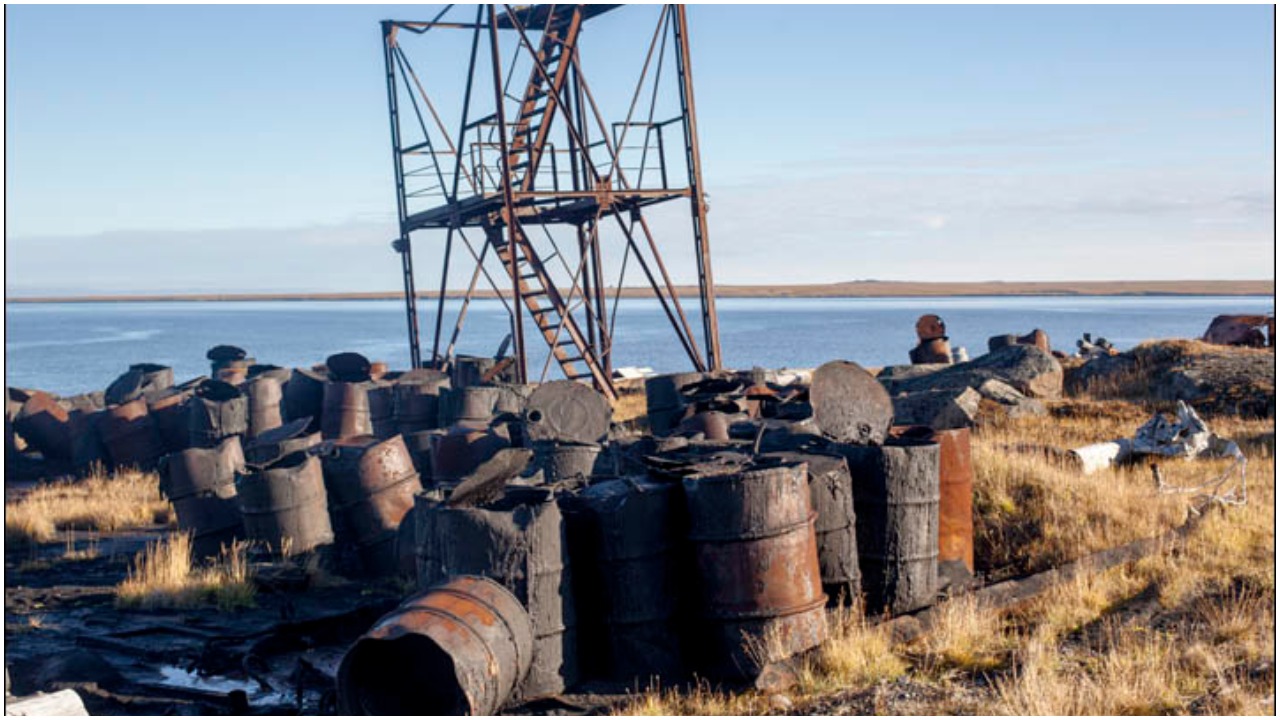
Yakutia, better known as Sakha Republic, is a federal Russian republic and home to 5 million tons of scrap metal pollution. The majority of the pollution in this part of the Russian Arctic is harmful to the environment.
Through the years there have been attempts to clean up the pollution, most of which can be traced back to Soviet times. For this reason, the single region’s waste problem has been called “an Ugly Soviet Legacy” in The Siberian Times.
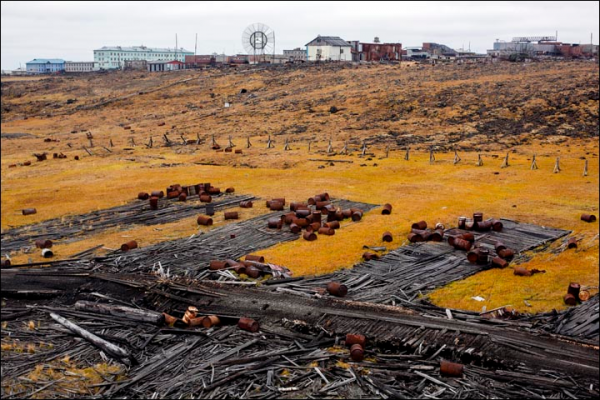
The Ministry of Defense’s role in the matter made an impact in 2016 when over 6 thousand tons of scrap metal pollution was cleaned up and collected.
According to General Dmitry Bulgakov, Deputy Head of the Ministry, most of the waste that has been cleaned up in the Arctic Islands is the waste that is believed to be most dangerous to the environment. Even so, that doesn’t scratch the surface of the monstrous 5 million tons of garbage covering the land.
Urge for Clean Up
The Minister for Nature Preservation in the Republic of Sakha, Mr. Sahamin Afanasiyev, was eager to elaborate on the subject and bring to light the seriousness of the situation. He is quoted as saying it would take 1 billion US dollars to clean up the 5 million tons of scrap metal throughout the region.
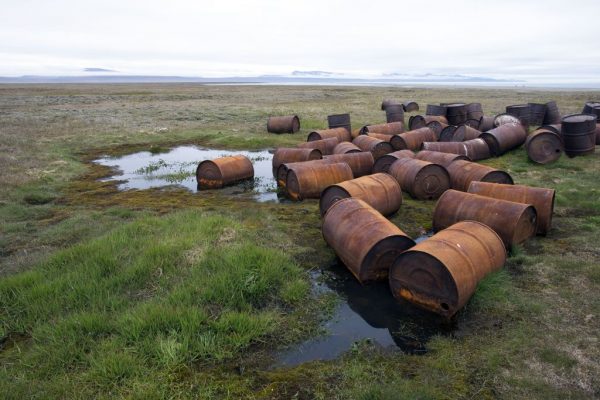
In 2016, funds that were set aside to go towards clean up were sequestered, and there was no money in the budget for the massive clean up project. Sahamin suggests separate funding for the project.
It is estimated that it will take 15 years to clean up the ugly Soviet mess.
Kirill Chistyakov, Vice President of Russian Geographic Society and Director of the Institute of Earth Studies at St Petersburg State University had a lot to say on the topic.
This was a secret experimental station during the Cold War, and Novaya Zemlya was used for a huge number of nuclear tests.
He stated that all the waste should be collected and that it could take dozens of years to clean up. Clean up campaigns have been going on for 5 years already and are expected to go on for another 15.
Chistyakov suggests that clean up efforts not be limited to protected territories. The Arctic is Earth’s most pristine place and needs to be kept that way.
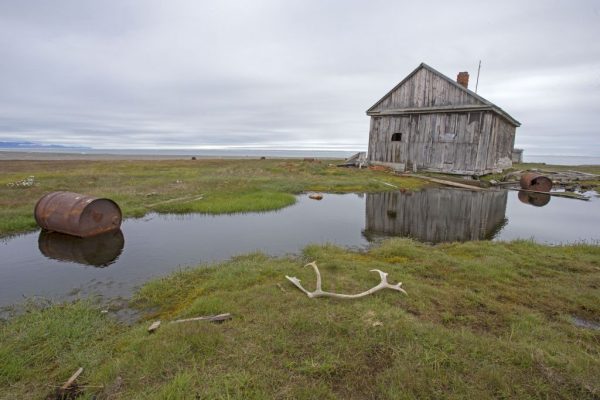
He is quoted as saying “Any negligence will be paid later with blood and, perhaps, human lives. Nature is a lot more powerful and smarter than everything that humanity came up with so far.”
Dangerous Levels of Environmental Pollution
Parts of the Russian Arctic have reached critical levels of environmental pollution. Nearly 50 percent of emission pollutants is from oil and gas fields alone.
Efforts are being made to stop pollutants from destroying the environment in places like Norilsk, the world’s largest nickel producing factory.
The General Prosecutors office in Russia found more than 8,000 violations of recycling and waste management laws. 840 people were convicted of these crimes.
Due to the Arctic’s long winter seasons, significant decomposition of harmful substances occurs. This leads to a build up of garbage that is devastating to the environment.
Pollution in the region is not limited to the Yakutia scrap metal death trap.
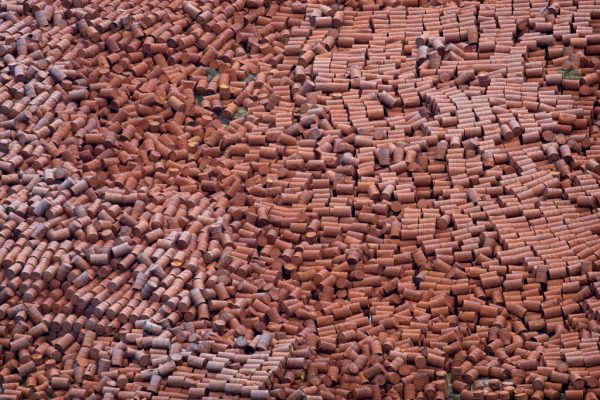
The mining industry in the region is responsible for a lot of the 252 million tons of Class IV hazard class waste annually which includes domestic waste, treated medical waste, and mining waste.
These are considered less directly hazardous; however, more than 500 tons of household and industrial waste was accumulated in 2016 alone.
Though Yakutia is an Arctic pollution hot spot, it is not the only one.
Arctic Ocean Has Become Plastic Pollution Trap
The once untouched Arctic Ocean has become a hot spot for waste and is home to over 300 billion pieces of plastic pollution. A published piece by Rachel Becker in The Verge states that the highest concentration of plastic garbage is located in the northernmost and easternmost areas of the Greenland and Barents seas, known as “Arctic dead ends”.
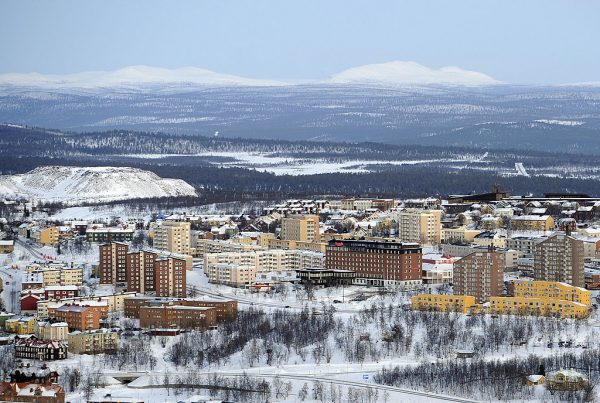
Although the remoteness of this ocean area typically plays to ecological advantage, a study published on Science Advances says it is now being harmed by its location. The garbage that has found its way into the Arctic Ocean has many ways of getting in, but no way of getting out.
In Rachel Becker’s article she states that the garbage in the Arctic hotspot only accounts for around 3 percent of ocean litter; however, it is alarming that it is there at all. People need to be aware of how human activity has altered such a remote environment.
Some of this plastic is no more than 0.5 millimeters in length which scientists have called micro plastic. The size and wear suggests that it has been floating in the ocean for a long time.
Researchers have used satellite trackers to find out where all the garbage is coming from and have found that most of it is from Europe and the east coast of North America. Research suggests that the pollution is carried in by the currents that bring warm waters to the Arctic.
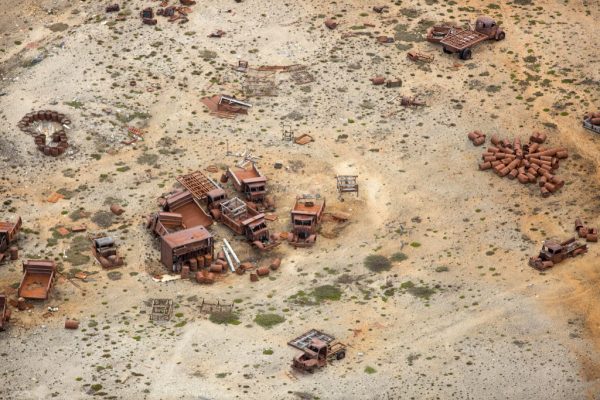
Scientists are concerned with the Arctic waste problem because of the effects the toxic chemicals have on the environment and wildlife.
Another Article From Us: Cows Swept Out to Sea by Hurricane Found on an Island After Swimming Miles
Ocean Crusaders reports that ocean plastic is responsible for more than 100,000 marine life deaths as well as the deaths of over 1 million birds.
